Rising Demand for Food Security
The increasing The Grain Protectants Industry. As agricultural production faces challenges from pests and diseases, the need for effective grain protectants becomes paramount. According to recent data, the global food demand is projected to increase by 70% by 2050, necessitating enhanced storage solutions to prevent post-harvest losses. This scenario underscores the critical role of grain protectants in ensuring food security, as they help maintain the quality and quantity of stored grains. Consequently, stakeholders in the Grain Protectants Market are likely to invest in innovative solutions to address these challenges, thereby fostering market growth.
Increasing Awareness of Post-Harvest Losses
The growing awareness of post-harvest losses is significantly impacting the Grain Protectants Market. Stakeholders, including farmers and policymakers, are recognizing the economic implications of grain spoilage, which can account for up to 30% of total production in some regions. This awareness is driving investments in grain protection solutions to mitigate losses and enhance profitability. Educational initiatives and campaigns aimed at highlighting the importance of proper grain storage and protection are further fueling demand for effective protectants. As a result, the Grain Protectants Market is likely to experience sustained growth as more stakeholders seek to implement strategies that reduce post-harvest losses.
Technological Innovations in Grain Protection
Technological advancements are reshaping the Grain Protectants Market, offering new solutions for grain preservation. Innovations such as smart storage systems and advanced formulations are emerging to enhance the effectiveness of grain protectants. For example, the integration of IoT technology in storage facilities allows for real-time monitoring of grain conditions, thereby minimizing spoilage and pest infestations. Furthermore, the development of nanotechnology-based protectants is gaining attention for its potential to provide longer-lasting protection. These technological innovations not only improve the efficiency of grain storage but also contribute to the overall growth of the Grain Protectants Market, as they address the evolving needs of farmers and grain handlers.
Shift Towards Organic and Sustainable Practices
The shift towards organic and sustainable agricultural practices is influencing the Grain Protectants Market. As consumers increasingly demand organic products, there is a corresponding need for organic grain protectants that align with these preferences. This trend is prompting manufacturers to develop and market biopesticides and natural protectants that meet organic certification standards. According to industry reports, the organic grain protectants segment is expected to witness substantial growth, driven by consumer demand for safer and environmentally friendly options. Consequently, the Grain Protectants Market is likely to adapt to these changing consumer preferences, fostering innovation and expanding product offerings.
Regulatory Support for Safe Agricultural Practices
Regulatory frameworks promoting safe agricultural practices are influencing the Grain Protectants Market. Governments are increasingly implementing stringent regulations to ensure the safety and efficacy of agricultural chemicals, including grain protectants. This regulatory support not only encourages the development of safer products but also enhances consumer confidence in the use of these protectants. For instance, the introduction of eco-friendly and biopesticide options is gaining traction, aligning with regulatory trends. As a result, manufacturers in the Grain Protectants Market are likely to focus on compliance and innovation, which could lead to a more sustainable and competitive market landscape.
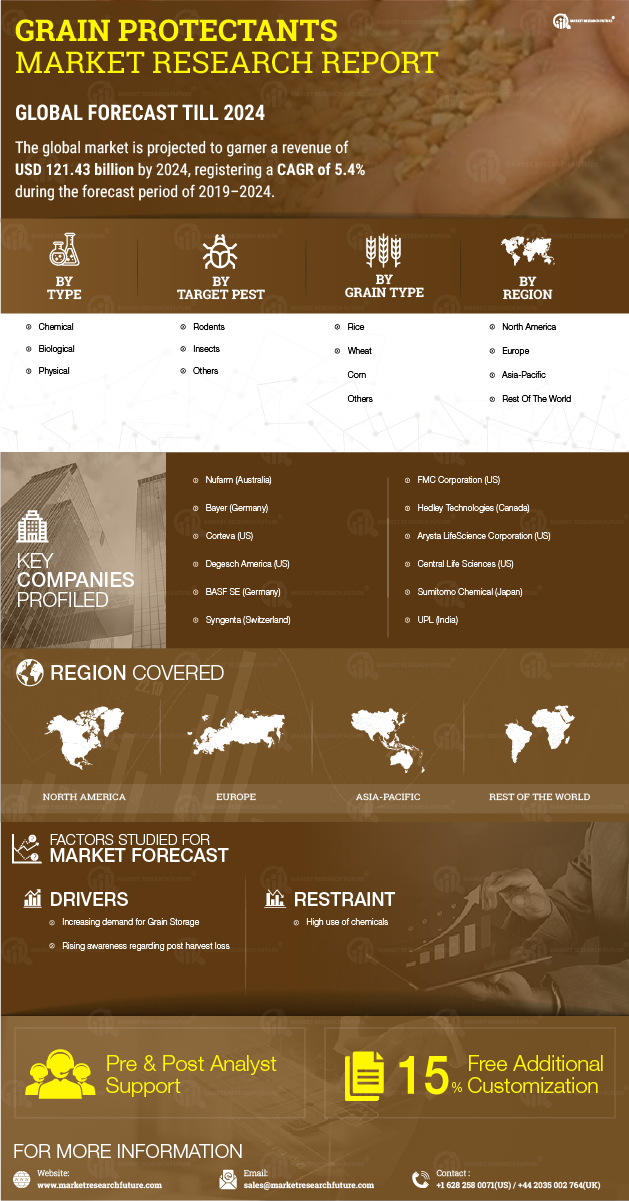

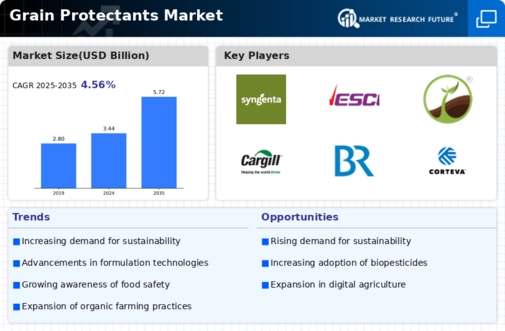
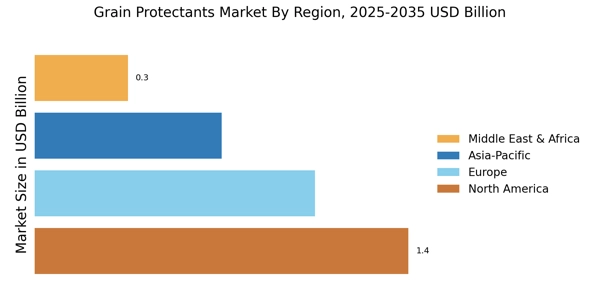

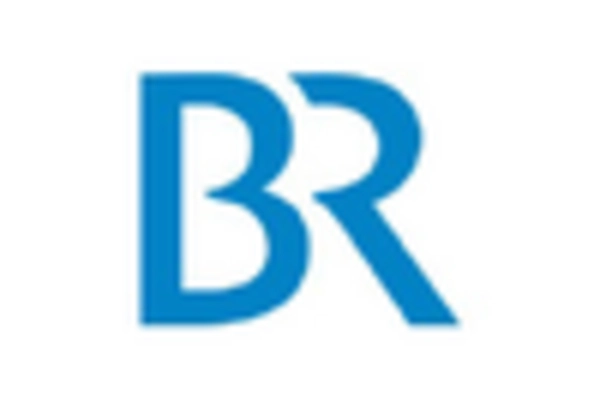
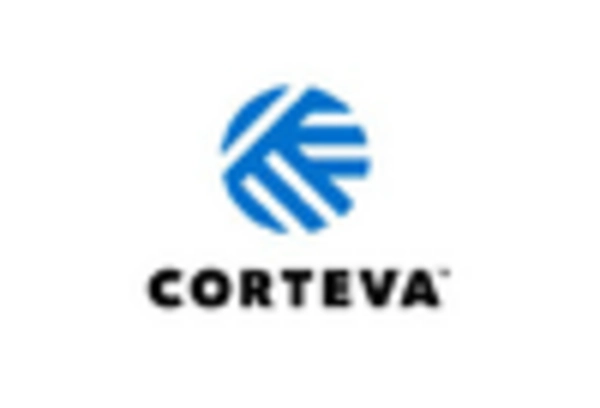
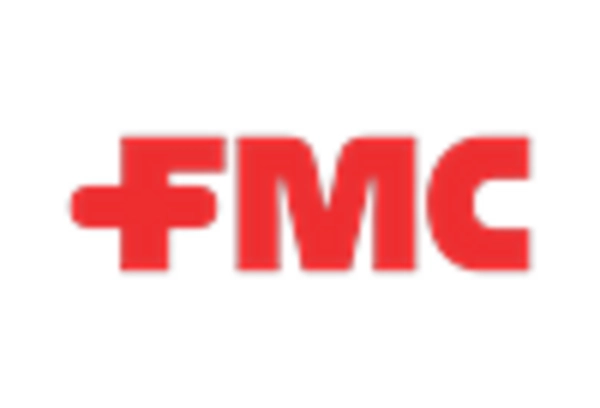
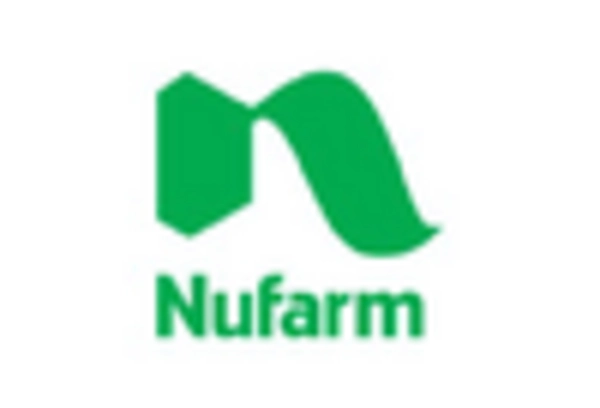
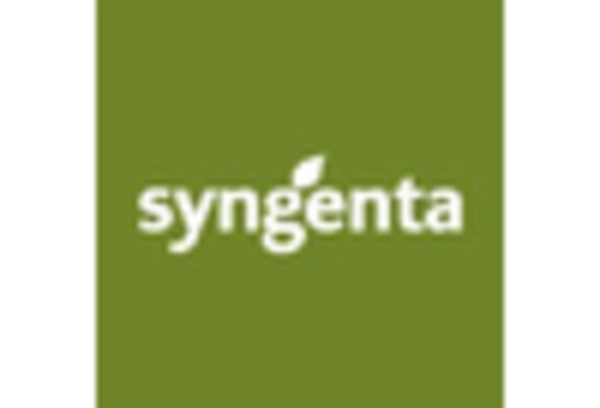








Leave a Comment